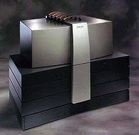 There's a Cray T94 supercomputer currently up for sale on e-bay. These machines were pretty amazing - e.g., from the picture of the power requirements plate it looks like this particular T94 requires almost 70kW of power to operate - no wonder Cray offered a liquid-cooled model...! Comparing the relative compute and power capabilities of the T94 with some state-of-the art technology today, it's interesting to see how far things have advanced. According to the Cray T90 series announcement document from 1995, the T94 appears to have been one of their "entry-level" offerings at the time (a budget supercomputer!):
If you take a dual-CPU T94 configuration in mid-1995 (for example), that probably would have set you back almost $5M, and you would have ended up with a whopping 3.6 GFLOPS of computing capability, while using a massive amount of electricity in the process (e.g., about 70kW).
Now compare this to an NVIDIA GTX680 graphic card that you can buy today - for around $500, you can get a card that provides you with over 3000 GFLOPS of computing capability, while drawing just 195W of current. That's quite a contrast! There are some other interesting tidbits - from the T94 flyer, it did support an optional SSD (1-4GB), and memory bus-bandwidth-wise, the T94's bandwidth was 100GB/s, whereas today the GTX680's is just shy of 200GB/s. So the question now is - what will this area look like 20 years hence...?  Vimeo has always been a fantastic service - their support of the creative community is great, and the quality of some of the videos people create and host there is simply incredible. They've just announced a set of simple-to-use services and tools to help content creators, including a "tip jar" and "pay-to-view" (coming in 2013). This is great, and I'm certain this will help generate even better and better videos by all the incredibly creative people that there are out there. Read more about this at their new Creator Services page (and you can find more background in their Staff Blog.)
This is neat - Khan Academy has a new interactive computer science program. Step-by-step presentation, with true interaction! This is definitely worth checking out if you or someone you know is interested in the area and wants to start learning about it. (You can learn more about the background of this cool new program by checking out ejohn.org and jamie-wong.com.)
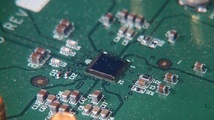 Intel has created an all-digital RF Wi-Fi transceiver - i.e., no analog. It's built using their 32nm technology, supporting a 40 MHz bandwidth. Apparently the quality is comparable to current decent Wi-Fi parts. Read more at VentureBeat. Why does this remind me of Portal 2? :-) In any case, the scale of this is very impressive! (Be sure not to miss the "making of" video.)
This is a great idea -- it makes you almost want to wait for the crosswalk to be red! Think of all the cool games that could be used with a system like this...
|
AuthorArchives
June 2013
Categories
All
|
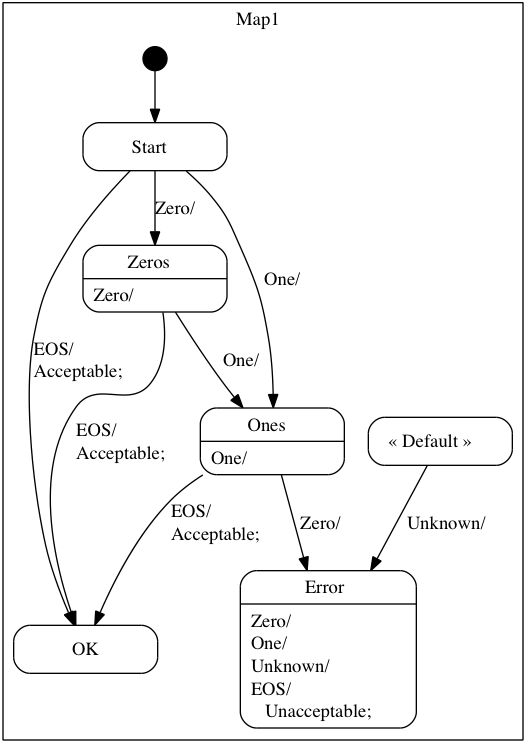
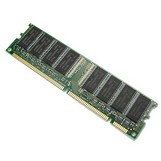
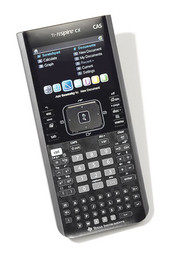

 RSS Feed
RSS Feed